Dhaka, August 9 (V7N) — Dhaka, the capital of Bangladesh, is facing an escalating traffic crisis that poses serious risks to the country’s economy, public health, and the overall quality of urban life. As the city continues to expand rapidly, with a rising population and limited transportation infrastructure, the average number of working hours lost due to traffic congestion has surged past eight million per day—up from five million in 2017.
This alarming trend has wide-reaching implications. Daily gridlocks are eroding productivity, raising transportation costs, and contributing to worsening air pollution, while also taking a toll on the mental and physical health of residents. Experts warn that unless immediate and coordinated action is taken, the situation will continue to deteriorate.
According to a recent World Bank study, Dhaka’s average traffic speed has plummeted from 21 km/h a decade ago to just 7 km/h today. Projections suggest it could fall to 4 km/h by 2035—slower than the average walking pace. The primary causes include a severe shortage of public transport, unchecked growth in private vehicles, poor road infrastructure, and weak traffic management.
Despite major infrastructural developments such as the full-scale operation of the Metro Rail and the Dhaka Elevated Expressway, the improvements have not translated into city-wide relief. These projects have only alleviated congestion along their immediate routes, while systemic issues remain unaddressed. Data from the Bangladesh Road Transport Authority (BRTA) shows that in the first seven months of 2025 alone, over 181,000 new vehicles were registered, many of which now contribute to Dhaka’s worsening traffic.
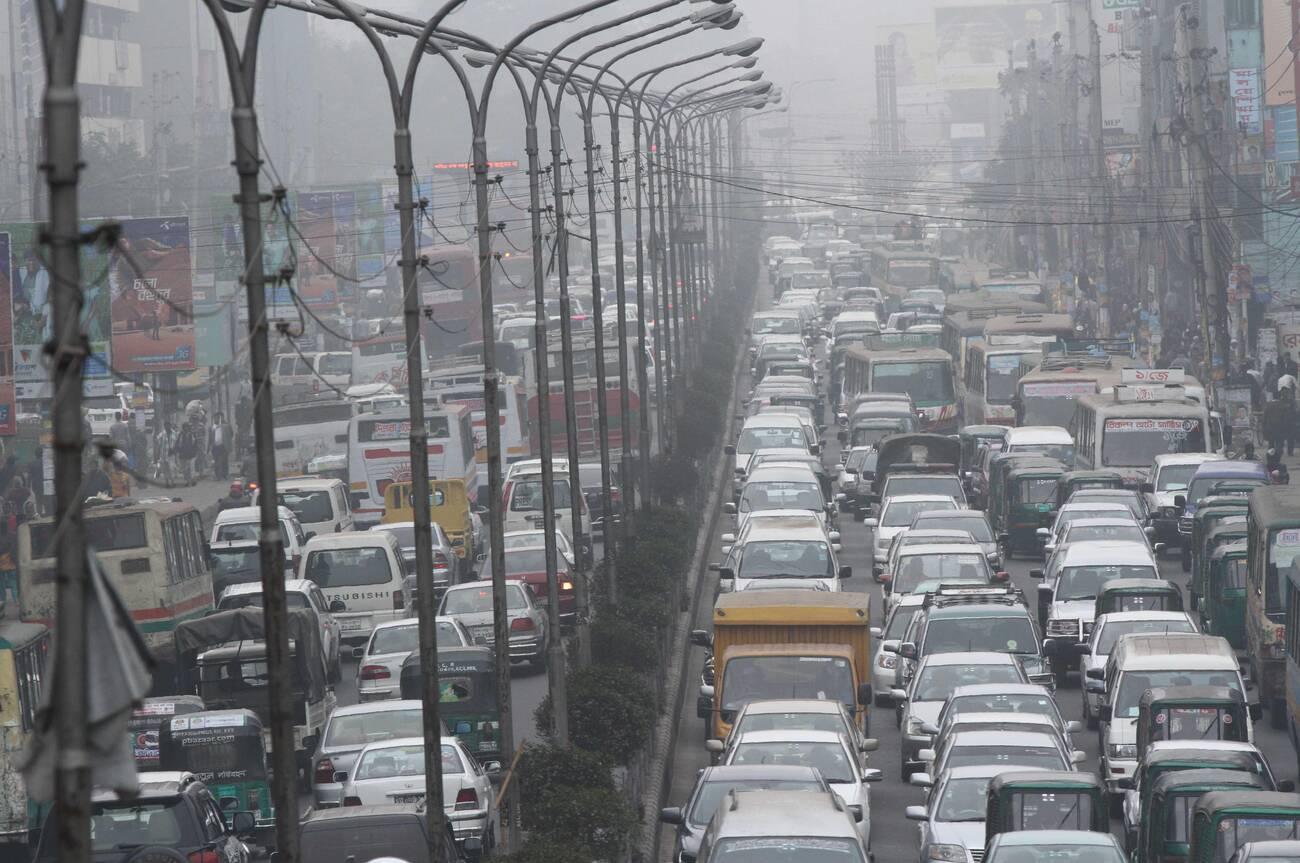
Dr. Sheikh Moinuddin, Special Assistant to the Chief Adviser at the Ministry of Road Transport and Bridges, described the traffic crisis as one of the capital’s greatest developmental challenges. Speaking at a Policy Research Institute seminar in June, he emphasized the need for better coordination between ministries responsible for road, rail, waterway, and air transport. He proposed the formation of a centralized planning authority or a unified Ministry of Transport to address the inefficiencies caused by fragmented oversight.
The problem is compounded by Dhaka’s extremely low road density—only 2.52% of total land area, compared to 16.3% in Tokyo. East-west connectivity is weak, and a lack of pedestrian infrastructure makes commuting even more difficult. An updated draft of the Revised Strategic Transport Plan (URSTP), developed with support from the Asian Development Bank and the Japan Fund for Prosperous and Resilient Asia and the Pacific, estimates that the city will require $59 billion in investment by 2045 to build an integrated and sustainable transport system. The plan proposes multimodal networks that combine roads, metro, and rail with safe options for walking and cycling.
Beyond the economic impact, the human cost is profound. Imran Hossain, a corporate employee, described his daily struggle commuting from Mirpur to Gulshan. “It used to take an hour and a half on bad days. Now, two and a half hours is normal,” he said. “I leave before my children are awake and return home after they’ve gone to sleep. This isn’t life—it’s survival.”
A 2022 Dhaka Tribune survey found that 70% of commuters experience high levels of stress linked to traffic congestion. Long commutes in crowded buses or cars contribute to irritability, anxiety, and even depression. Mental health experts are calling for corporate and governmental responses that include employee wellness programs, flexible work schedules, and broader urban planning reforms to reduce stress from daily travel.
Economists argue that the massive loss of working hours caused by traffic jams is more than a productivity issue—it is a national crisis. Without urgent intervention, the country risks continued economic losses, rising healthcare costs, and a declining quality of life for its urban population.
To address this, coordinated action is required from policymakers, transport authorities, urban planners, and the general public. Learning from global examples such as Singapore, the Netherlands, and Belgium could provide strategic guidance for developing an efficient and inclusive urban transport system in Bangladesh.
The cost of inaction continues to mount. Without meaningful change, traffic will not only paralyze mobility but also the future of Dhaka itself.
END/AZS/SMA/



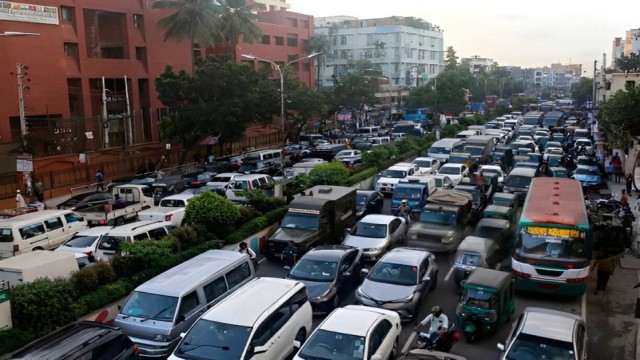
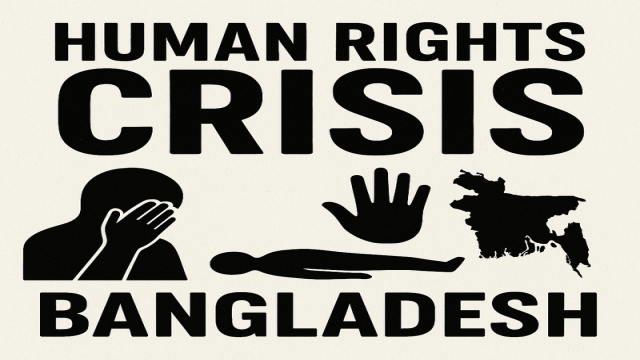
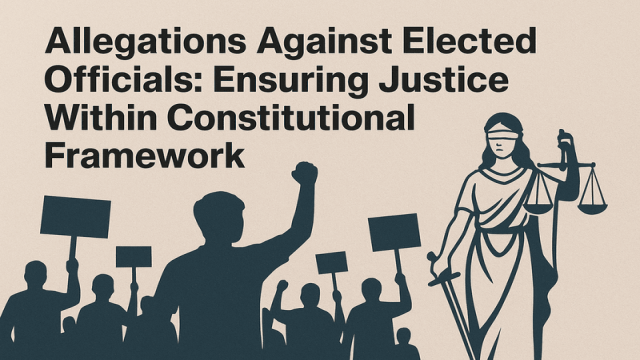
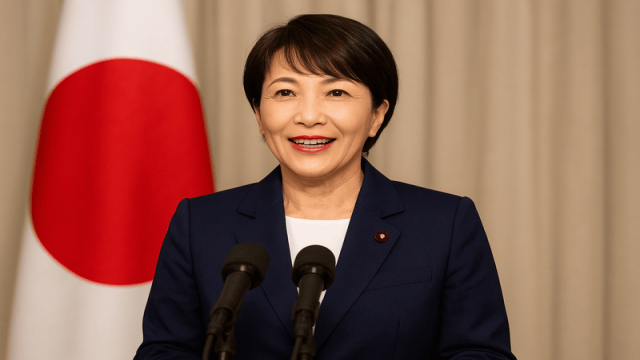
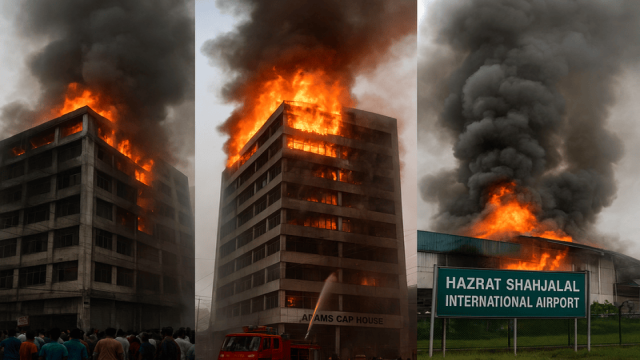
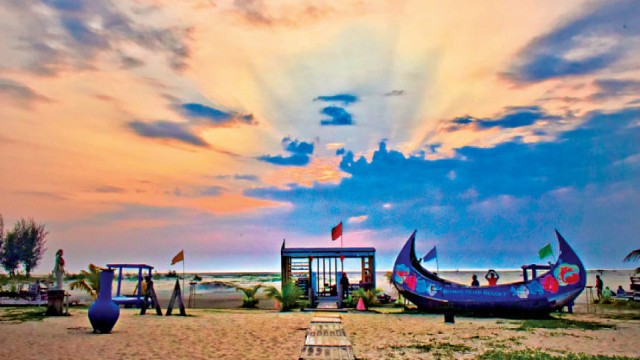
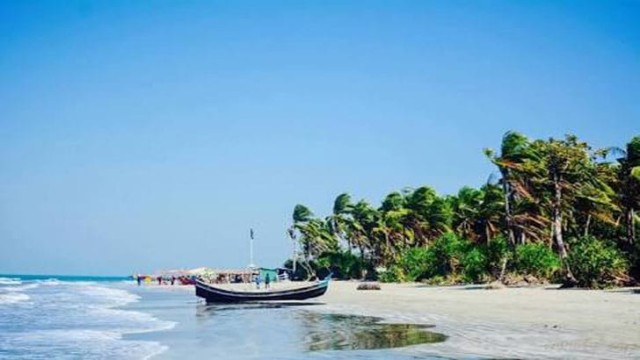
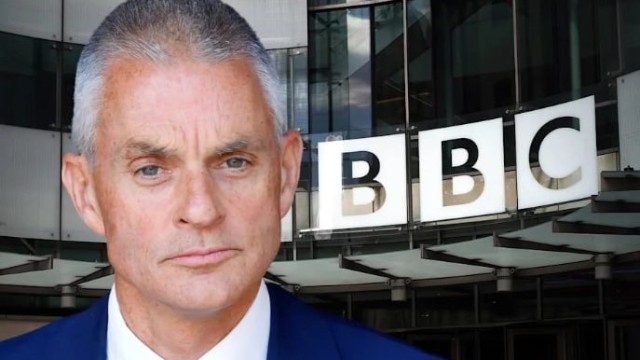

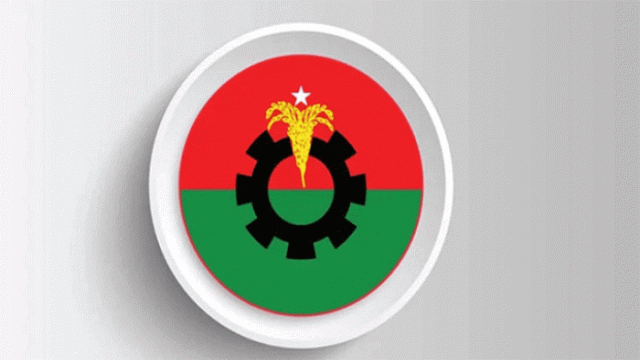

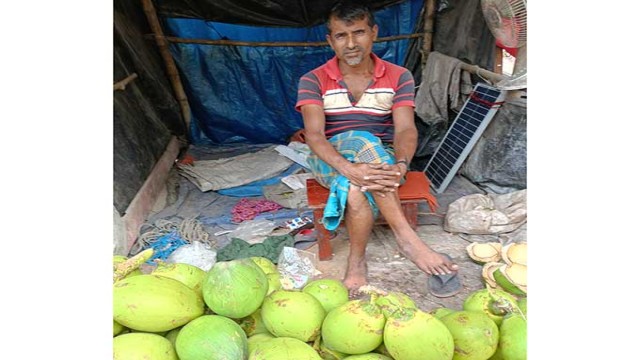
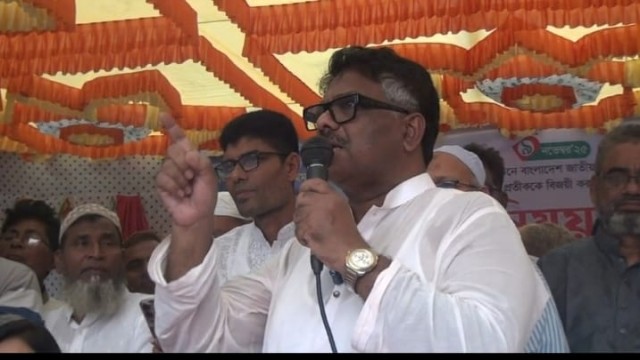
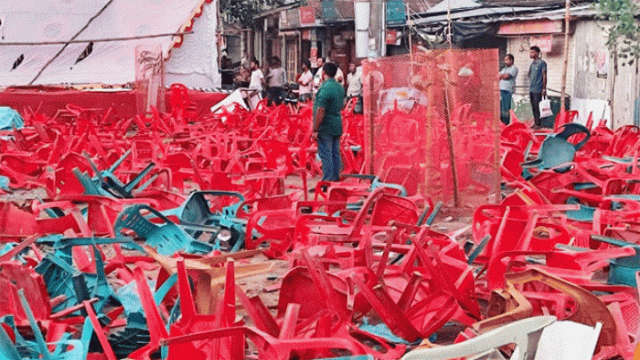
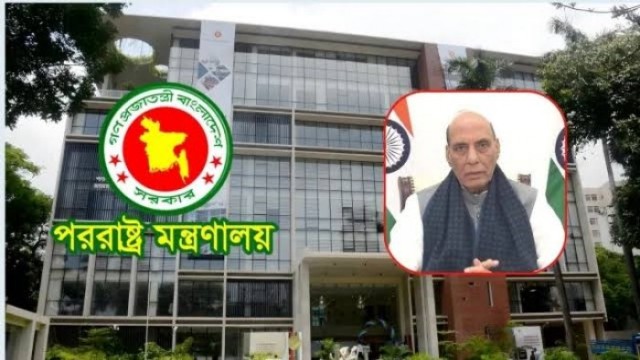
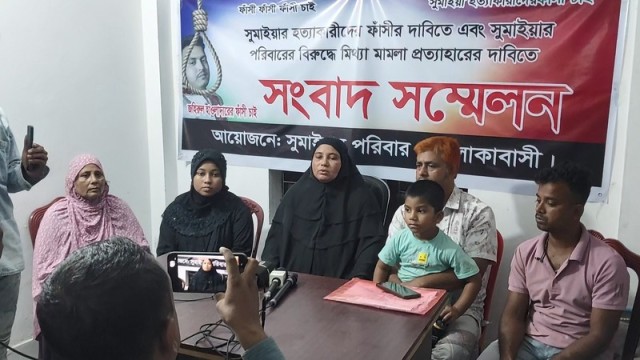
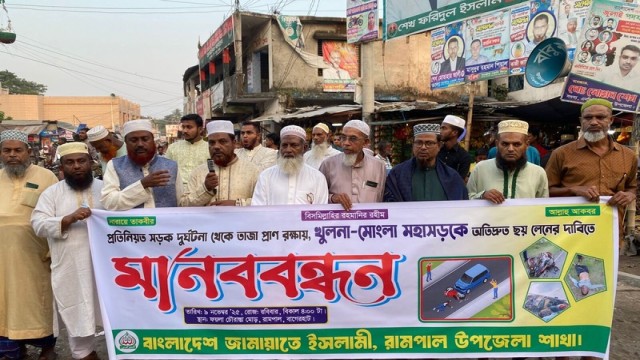



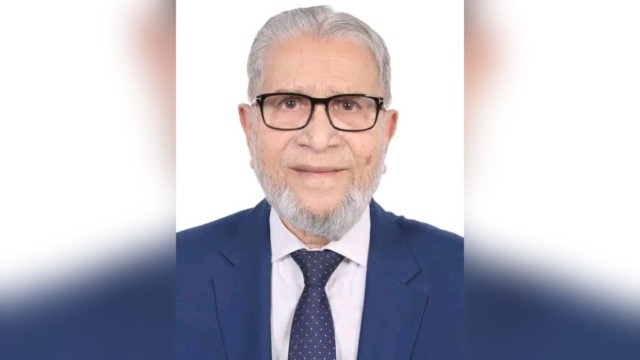
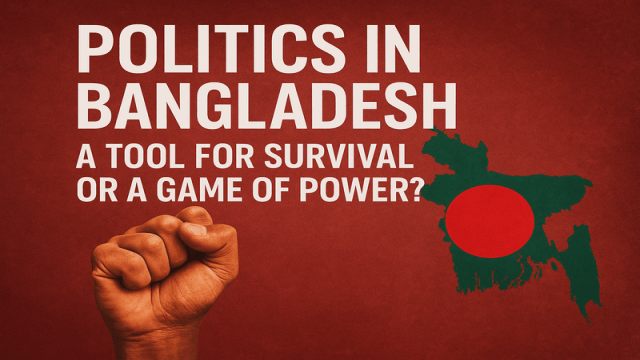
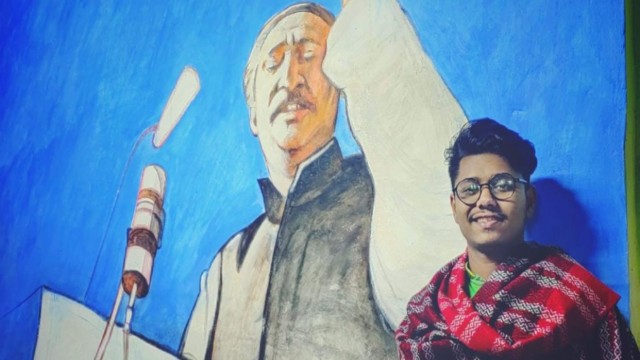
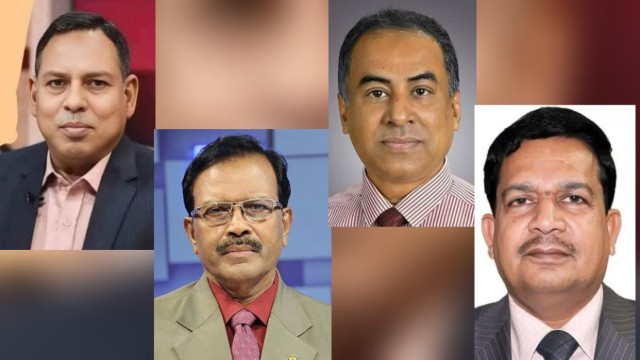
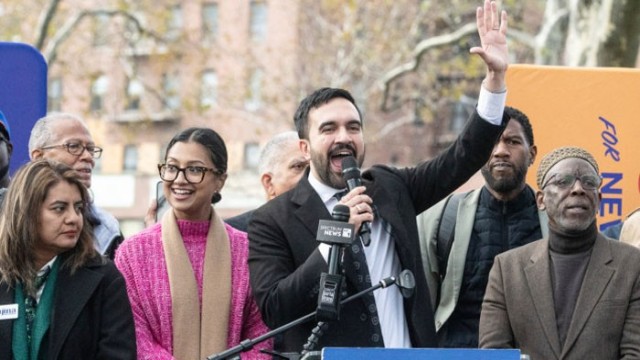
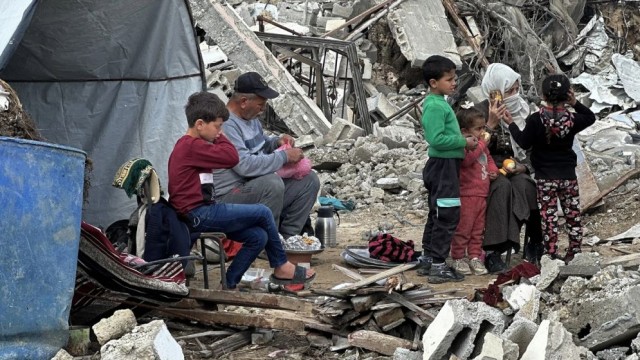


Comment: